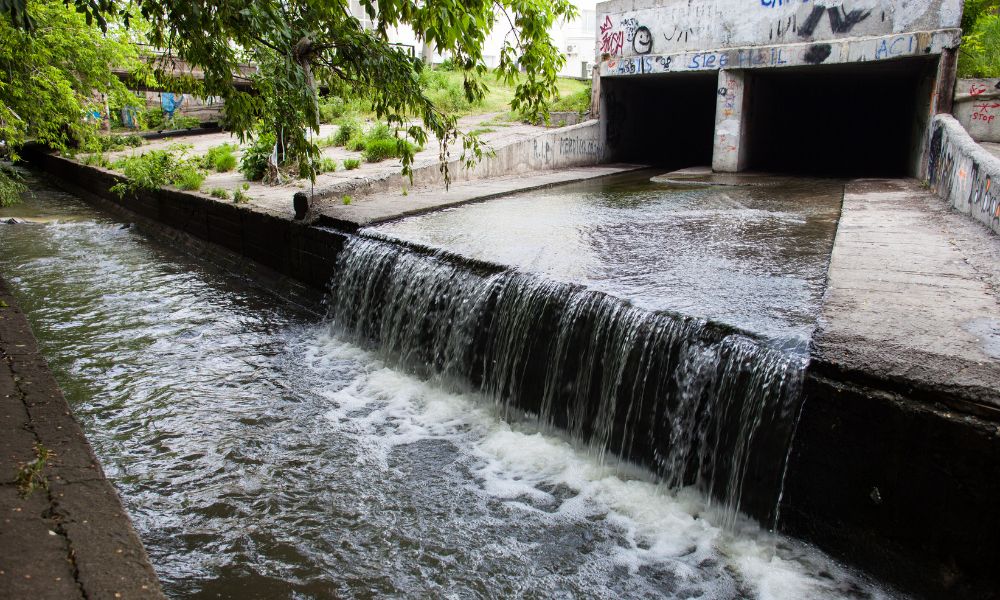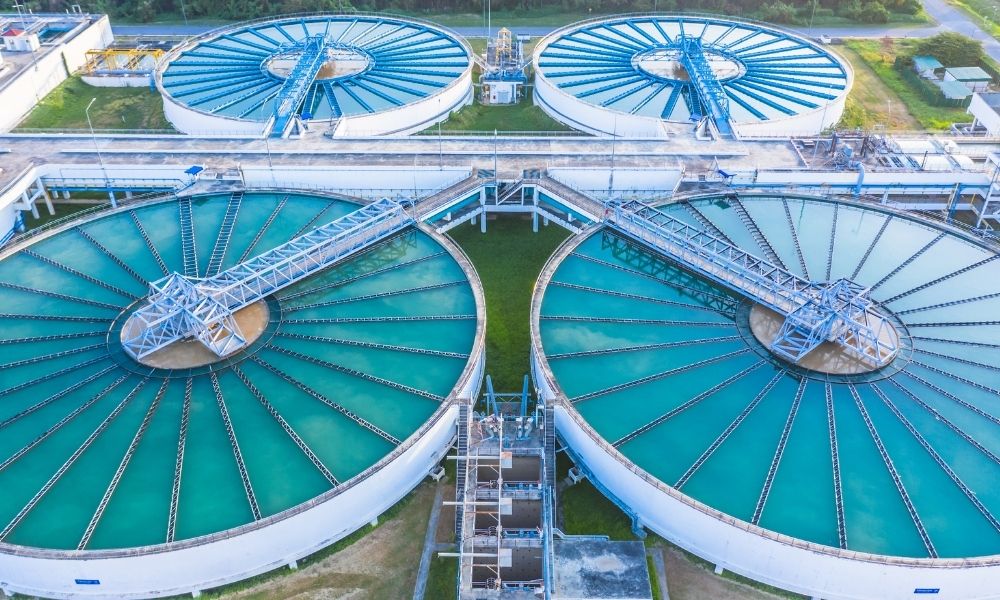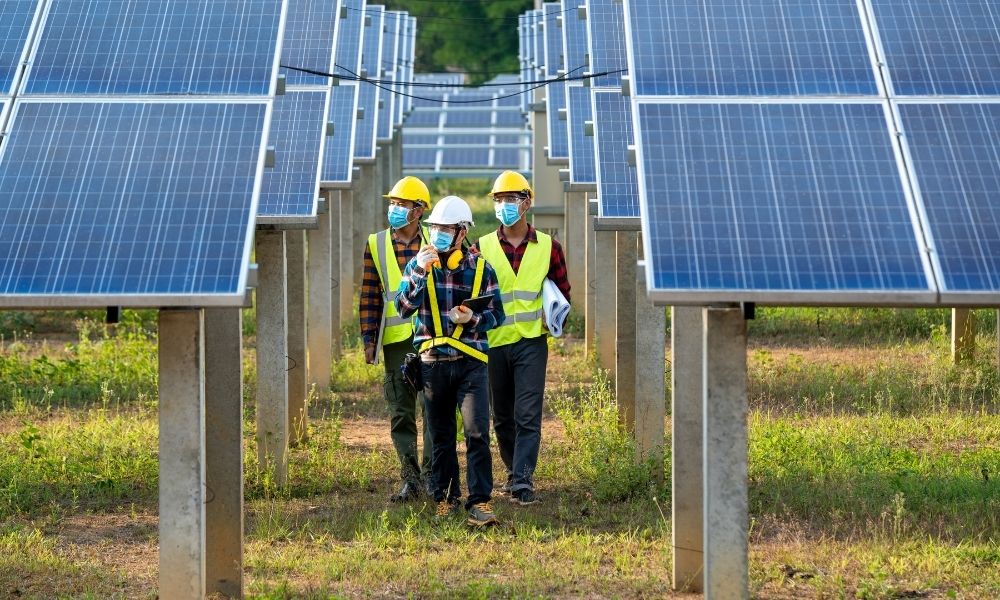Intensifying rain- and snowstorms are obvious manifestations of climate change. The increasing volume of precipitation creates stormwater and meltwater management issues for large cities and small towns alike. The impact of climate change on stormwater management demands attention to ensure the continued vitality of affected communities.
How Climate Change Intensifies Rainstorms
Scientific studies indicate a clear trend of increasing heavy-precipitation events. A study published in Nature discusses how increases in greenhouse gases have contributed to the intensification of heavy-precipitation events. Essentially, rising global temperatures increase evaporation from oceans and other bodies of water. This moisture rises into the warmer air—which can hold more moisture—and waits for the development of weather conditions that cause all that moisture to release as more-intense rain- or snowstorms.
Why Increased Stormwater Runoff Is a Problem
Increased stormwater runoff presents several challenges, including unprecedented natural disasters, from deadly flooding in New York City to lethal blizzards in Buffalo to roads made impassable by spectacular amounts of snow in the Sierras.
When rain falls faster than it can be absorbed into the ground or channeled away, floods occur. Floodwater and runoff often carry pollutants from streets, yards, and agricultural fields into local water bodies, negatively affecting water quality and harming aquatic life. Meanwhile, larger volumes of stormwater runoff can overwhelm sewer systems, leading to overflows that contaminate drinking water supplies and pose serious public health risks.
All these effects can cause additional damage to homes, businesses, infrastructure, and local economies, disrupting lives.
Costs and Competition
The financial implications of managing increased stormwater runoff for cities, counties, and small towns are substantial. Costs can include infrastructure repair and replacement, flood damage remediation, and water treatment expenses. These projects can compete for funding dollars with other needed improvements. Local agencies and governments must use creative ways to obtain more funding in order to support infrastructure improvements and address increased stormwater management needs.
Ways To Adapt Stormwater Management
Addressing the effects of climate change on stormwater management requires innovative solutions and proactive planning. Strategies include:
Improving Stormwater Infrastructure
Investing in improved infrastructure is critical. This can include rehabilitating culverts to handle larger water volumes and implementing permeable pavement systems that allow water to infiltrate the ground rather than contributing to runoff.
Restoring Natural Wetlands and Planting Rain Gardens
Natural solutions such as restoring wetlands and planting rain gardens can manage stormwater by absorbing excess rainfall, reducing runoff, and filtering pollutants.
Prioritizing Stormwater Management
Given the growing challenges posed by climate change, prioritizing stormwater management in urban planning and development as well as in suburban and rural areas is more critical than ever. This means designing communities and infrastructure that are resilient to intense rainstorms and increased runoff.
The impact of climate change on stormwater management is significant, necessitating a reevaluation of our current practices and the adoption of innovative, sustainable solutions. Individuals can take steps to help, including using rain barrels, planting their own rain gardens, and switching to permeable pavers in driveways and commercial parking lots. Getting involved with your local stormwater management agency and your county and village governments is another step you can take to maintain focus on the urgent issue of stormwater management improvements.














